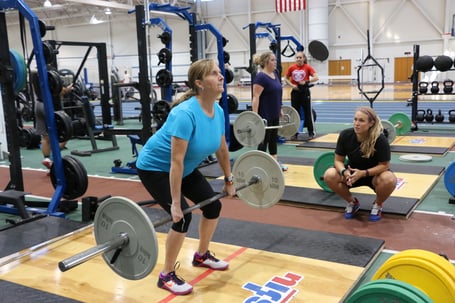 Periodization is a fancy word for timing out your strength training to avoid mishaps such as overtraining, undertraining, or psychological “burnout.” A correctly periodized training program allows for maximal strength gains within the time frame of the program.
Periodization is a fancy word for timing out your strength training to avoid mishaps such as overtraining, undertraining, or psychological “burnout.” A correctly periodized training program allows for maximal strength gains within the time frame of the program.
There are several different subcategories within the realm of periodization. The two most popular forms are linear and undulating periodization, and they can be similar in effect, yet they are quite different in execution.
Linear Periodization
This is a great example of the KISS (Keep It Super Simple) method. This type of programming calls for simply adding weight to your lifts, week after week, and trying your very hardest to outwork your previous workout. This tried-and-true method has shown results in all levels of lifters and athletes, from novice to advanced competitors.
“Linear” refers to the line of progression when you look at the weights used from each workout to the next. This line will slowly and steadily increase until the end of your program, when it is time to show off how strong you have gotten. A typical linear periodization program will last anywhere from 8 to 16 weeks.
Undulating Periodization
Now that you are familiar with linear periodization, take that nice straight line and make it a chaotic zig-zag from the first week of the program to the last, and now you have undulating periodization. Basically, instead of increasing weight or reps linearly throughout your program, you will consistently be adding or dropping weight and/or reps from each workout to the next.
The idea behind undulating periodization is to allow optimal recovery time between ultra-intense workouts, eliminating physical or mental overtraining. This is a method often used by more advanced lifters and athletes because of the commonly intense nature of the training sessions. For example, if a competitive powerlifter trained three days a week, a sample week of their program might look something like this (percentages shown are those of the respective one-rep max for each individual lift):
- Day 1: Squat—80% 5 sets/3 reps
- Day 2: Bench Press—70% 6 sets/3 reps
- Day 3: Deadlift—75% 3 sets/8 reps
Neither of these methods has been proven to be better than the other. Each person will have their own opinions on which is better and why. I would suggest starting with linear periodization for two reasons:
- It is a very easy method to follow. There is no reason why anybody should start a linear program and not be able to finish it.
- It is a very accommodating method for beginner lifters. It is effort based, and what you give is what you get.
Like I said previously, these methods might not be ideal for everyone. They are great templates for individuals who want to get stronger, but they must be tailored to best fit you and your goals. For more information regarding training programs, ask of the NIFS Health Fitness Specialists to create one for you. If this methodology intrigues you and you would like to try it out, specifically mention this blog and they will create a program based on one of these training strategies.
This blog was written by Aaron Combs, NSCA CSCS. To find out more about the NIFS bloggers, click here.

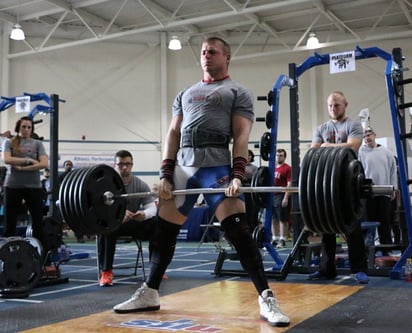 There are numerous different products on the market now that are supposed to help improve your strength training. From lifting belts to Mark Bell’s patented Slingshot, there is more gear available now than ever. For a novice lifter, the multitude of available products will probably just leave your head spinning. What is actually helpful and what is just a moneymaker? Here is my take on some of the most popular products out there.
There are numerous different products on the market now that are supposed to help improve your strength training. From lifting belts to Mark Bell’s patented Slingshot, there is more gear available now than ever. For a novice lifter, the multitude of available products will probably just leave your head spinning. What is actually helpful and what is just a moneymaker? Here is my take on some of the most popular products out there.
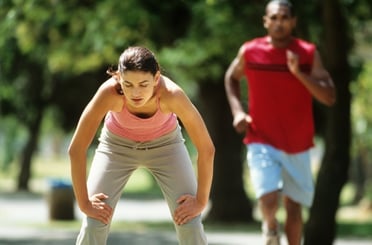 Okay, so the title is a bit misleading. You shouldn’t really strive to be the worst at what you do. What I mean by that title is to put yourself in situations where you are consistently surrounded by people who are better than you. If you are too afraid to associate with those who are clearly more skilled, more talented, and harder working than you are, how will you ever figure out why they are better than you in the first place and find motivation and attitude to improve?
Okay, so the title is a bit misleading. You shouldn’t really strive to be the worst at what you do. What I mean by that title is to put yourself in situations where you are consistently surrounded by people who are better than you. If you are too afraid to associate with those who are clearly more skilled, more talented, and harder working than you are, how will you ever figure out why they are better than you in the first place and find motivation and attitude to improve?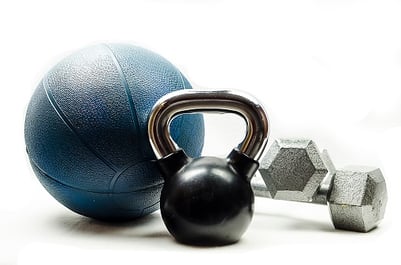 What would life be without mistakes? It would be pretty boring, if you ask me. Making mistakes is the best way to learn. One mistake that most people have made is arriving at the gym and thinking, “What am I going to do here today?” I know I have done this plenty of times. When this happens, your motivation for your workout might decrease because you may just end up picking something that doesn’t really light a fire under you.
What would life be without mistakes? It would be pretty boring, if you ask me. Making mistakes is the best way to learn. One mistake that most people have made is arriving at the gym and thinking, “What am I going to do here today?” I know I have done this plenty of times. When this happens, your motivation for your workout might decrease because you may just end up picking something that doesn’t really light a fire under you. 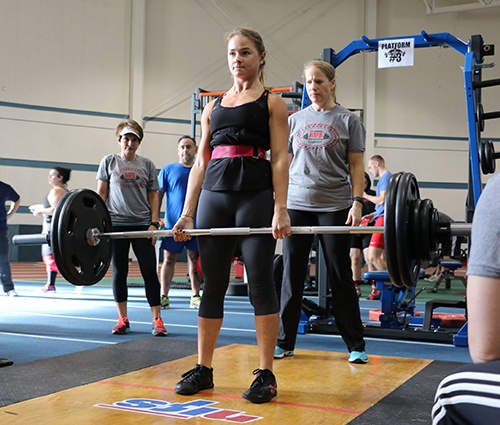 The deadlift is a creature all its own. There is no other exercise like it, and there are so many reasons behind that. It can be one of the most beneficial total-body exercises, yet at the same time, one of the most detrimental if performed incorrectly. Numerous factors go into this very important lift, but there are a few tricks to keep in mind to help you set up and perform well consistently while avoiding injury.
The deadlift is a creature all its own. There is no other exercise like it, and there are so many reasons behind that. It can be one of the most beneficial total-body exercises, yet at the same time, one of the most detrimental if performed incorrectly. Numerous factors go into this very important lift, but there are a few tricks to keep in mind to help you set up and perform well consistently while avoiding injury.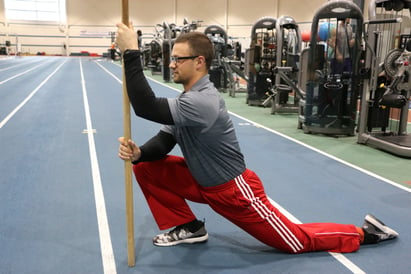 Many people shy away from lifting weights because they think it will make them “big and bulky.” To bring a little more clarity to that notion, please see
Many people shy away from lifting weights because they think it will make them “big and bulky.” To bring a little more clarity to that notion, please see 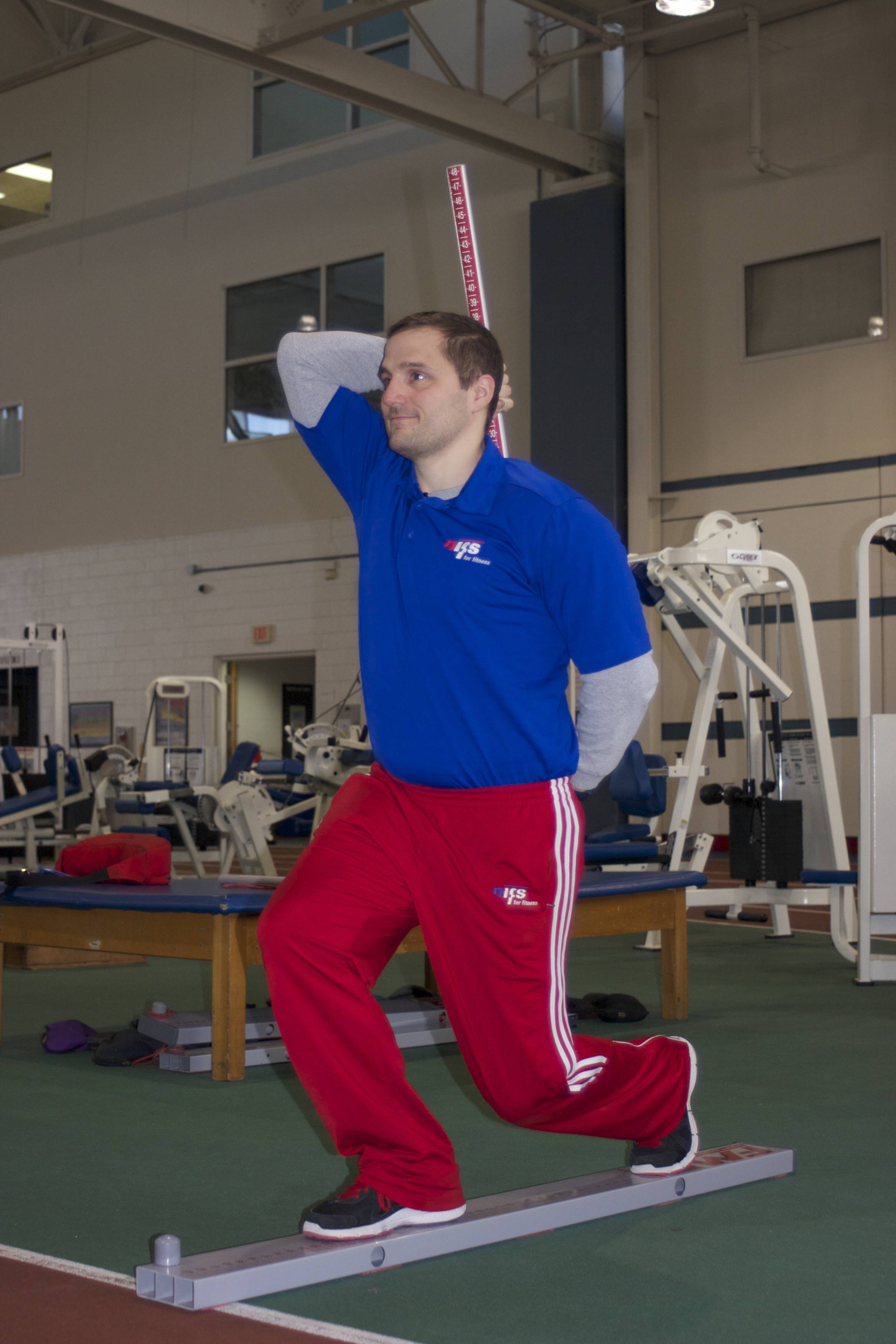 The
The 
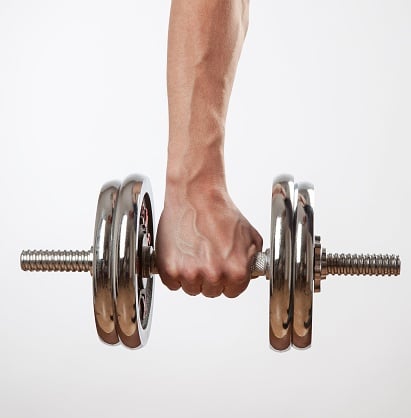 Grip strength is quite a conundrum in the fitness industry. It is so often called upon during training, yet grip-strength training itself can be overlooked.
Grip strength is quite a conundrum in the fitness industry. It is so often called upon during training, yet grip-strength training itself can be overlooked. 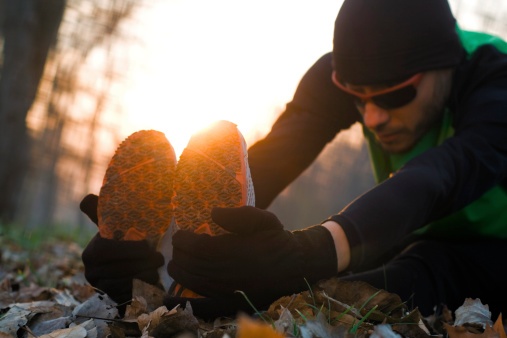 It’s 5:00 a.m. It’s still pitch-black outside. You have a long day ahead. And the weather forecast on your phone tells you the high temperature for today will be 15 degrees? Talk about not wanting to get out from under those cozy, warm covers. Nevertheless, your day awaits, and you must get up, get going, and try not to think about taking a nap all day.
It’s 5:00 a.m. It’s still pitch-black outside. You have a long day ahead. And the weather forecast on your phone tells you the high temperature for today will be 15 degrees? Talk about not wanting to get out from under those cozy, warm covers. Nevertheless, your day awaits, and you must get up, get going, and try not to think about taking a nap all day.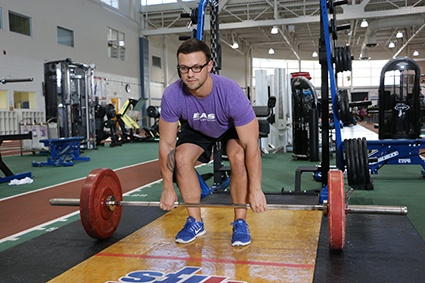 At times you may hear somebody at the gym or fitness center saying, “I don’t want to look like a bodybuilder,” or “I don’t want to be a powerlifter.” That’s great! That person knows their goals and also what they want to avoid. However, don’t let your specific goals cause you to have myth-generated fears of certain exercises.
At times you may hear somebody at the gym or fitness center saying, “I don’t want to look like a bodybuilder,” or “I don’t want to be a powerlifter.” That’s great! That person knows their goals and also what they want to avoid. However, don’t let your specific goals cause you to have myth-generated fears of certain exercises.